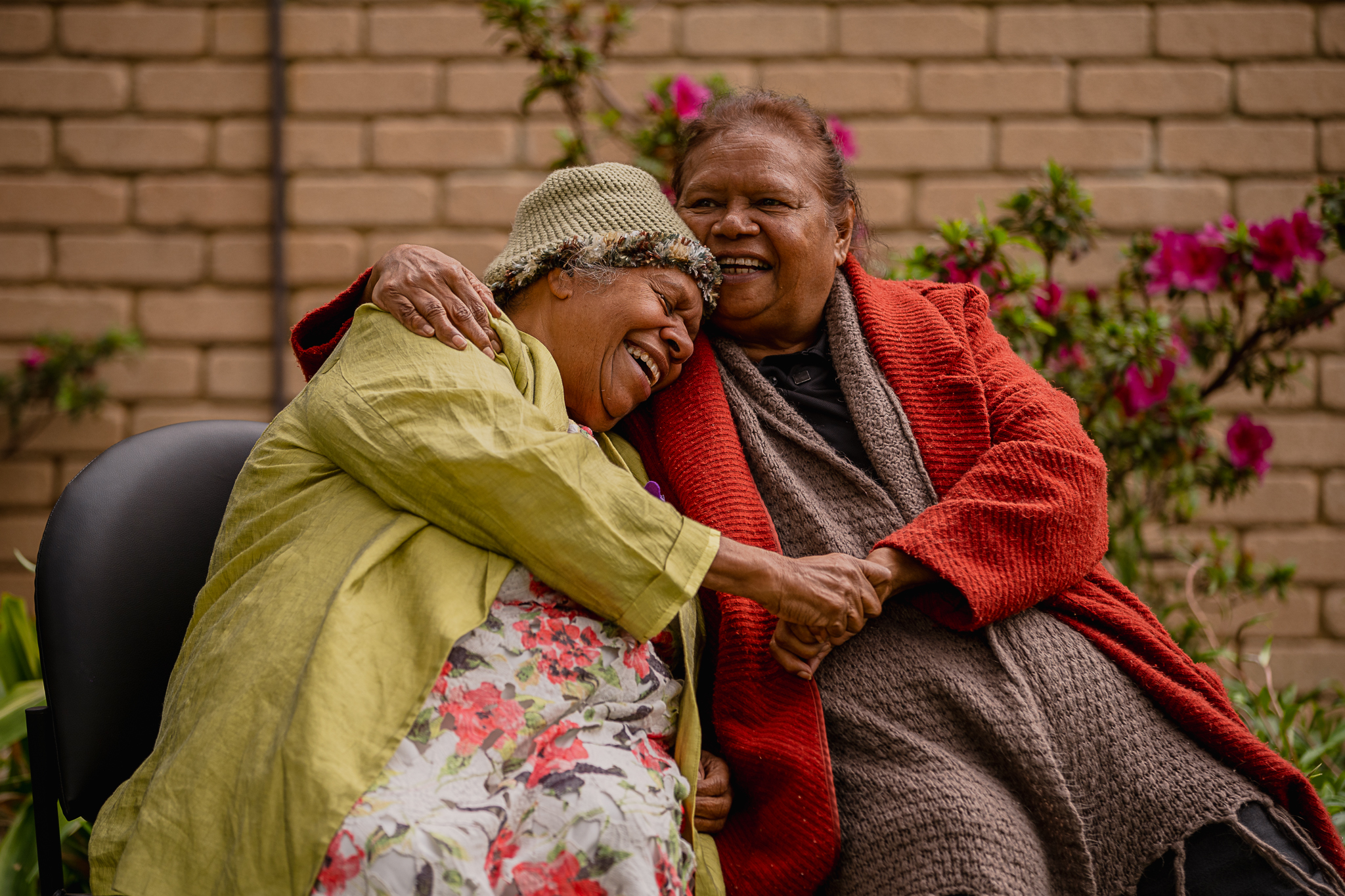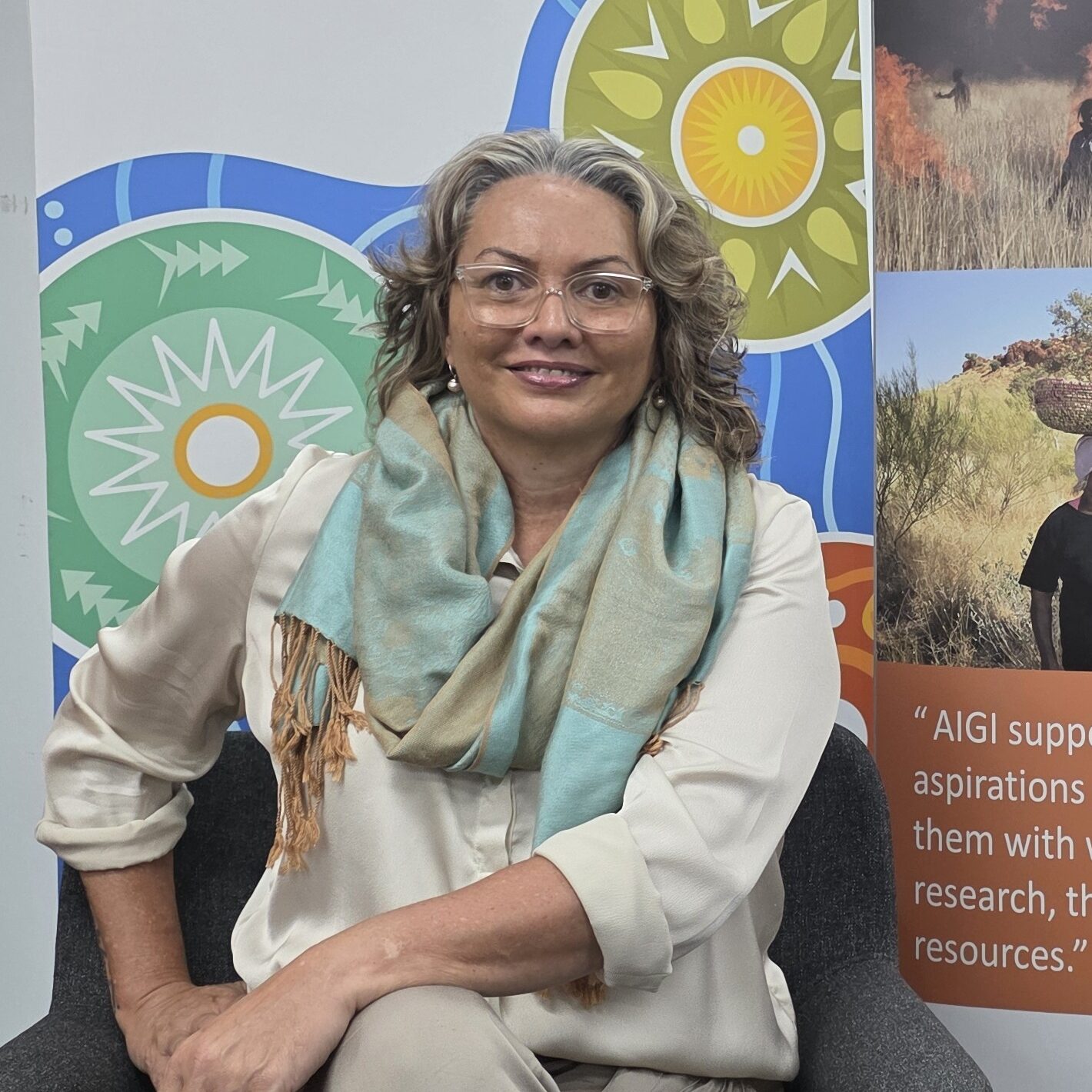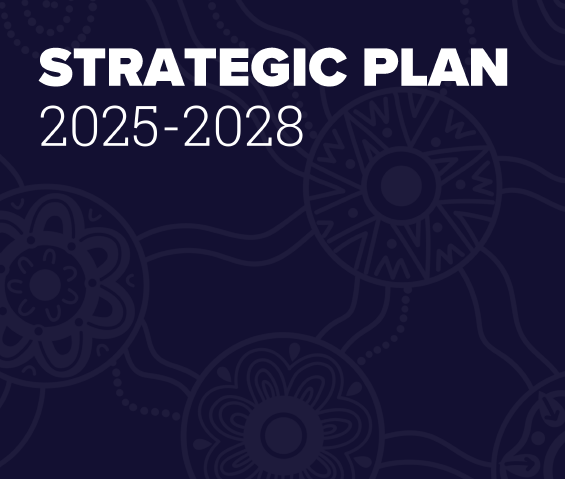Celebrating a Trans-Tasman Partnership: Māori and Australian First Nations Governance Leaders Unite...
About the Toolkit

Across Indigenous groups large and small, many of the same questions are being asked and explored. From the big picture:
- What role do we want our cultural values and relationships to have in our governance?
- How can we encourage more young leaders?
- If we want to be self-determining, what should we be taking responsibility for?
- How do we ensure we make decisions that help achieve our purpose?
- What effective processes do we have to deal with conflicts or change?
To the everyday:
- Who are our members?
- How well do we communicate with each other, and the wider community?
- How can we improve the way our meetings are run?
These are good questions. And they’re asked because of the many challenges in governance building and rebuilding.
The approach taken to establish governance affects the outcome. Sometimes groups try to move too quickly, or take on too much, without appreciating how complex this kind of change can be.
Establishing and sustaining effective governance comes down to:
- having leaders committed to governance building or rebuilding
- being honest in your self-evaluations and realistic about your aims
- prioritising internal consultation and open communication
- being smart about using your resources, skills and time
- being open to learning new ways of doing things
- keeping an eye on whether you’re on track.
How the Toolkit can help
So how to get started? We’ve developed the Indigenous Governance Toolkit as a comprehensive collection of written, visual and audio resources suitable for local and culturally diverse situations.
Our Toolkit draws on the pioneering research of the Centre for Aboriginal Economic Policy Research’s (CAEPR) Indigenous Community Governance Project in Australia.
It’s regularly updated with the governance stories from applicants to the Indigenous Governance Awards. These stories and insights come straight from the personal experiences of Aboriginal and Torres Strait Islander peoples working in their own organisations, communities and nations.
It also draws on the diverse experiences and solutions of Indigenous peoples across Australia and the world.
As Aboriginal and Torres Strait Islander people talk together and share breakthroughs and solutions, they can design pathways toward effective, culturally legitimate governance.
This can maximise the promise of self-determination into the future.
Self-evaluate
Before you start making changes, it’s a good idea to evaluate where your group has come from.
- What has your governance history been like?
- Is your governance working well now?
- What are your governance strengths and weaknesses?
Evaluating your governance will help you to understand what’s working and what needs more attention.
Use the Governance Self-assessment Tool to help assess and improve different elements of your group’s governance. There are also several self-evaluation templates (called check-ups) throughout the Toolkit.
By evaluating your governance regularly you can start to identify challenges and kick-start the conversation about these within your organisation, community or nation. With insights and priorities, you can then begin implementing credible solutions in a manageable way.
A free, public-access document
We’re keen to share our Toolkit’s information, ideas and insights with as many people as possible. We aim to find new ways to return the research to Aboriginal and Torres Strait Islander people in ways they find useful.
AIGI provide tailored professional development to Indigenous groups, organisations, communities and nations. This might be to support your group with a particular governance issue, or to help your group continue to upskill so that you can take your governance to the next level.
We acknowledge the uniqueness of each organisation, community and nation. We can support individuals and groups by working with you to design and run professional development tailored to your needs.
You’re welcome to create your own mini-toolkit. You can prepare PowerPoint presentations, overheads and handouts. Search and explore the Toolkit to pull together key concepts and definitions, best-practice information, quotes, templates, diagrams, audio and other resources. Feel free to download and print whichever of the Toolkit sections you need. All these can assist your governance planning and capacity-building purposes.
We ask that when you present information from the Toolkit in other formats and venues, you reference our website address and link to it.
Stay connected
Subscribe to AIGI news and updates.









.png)

